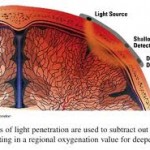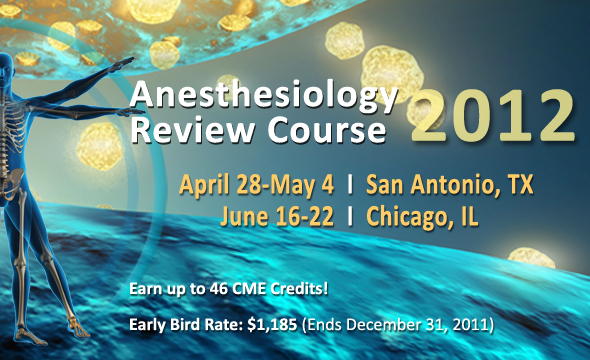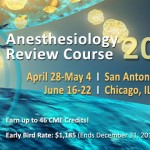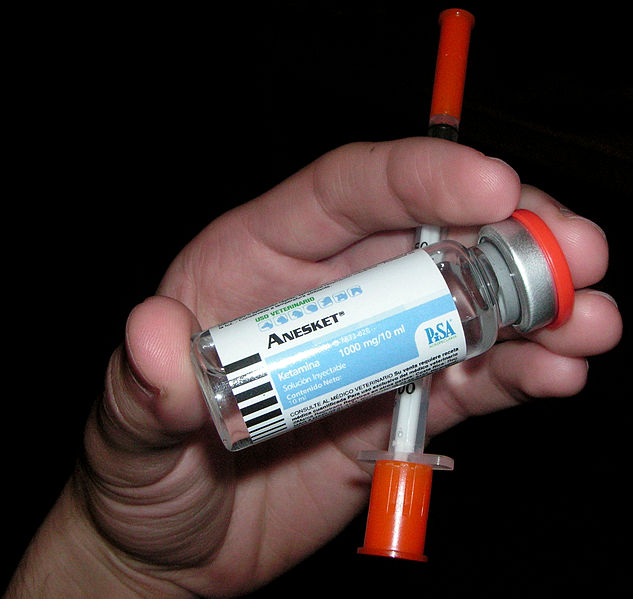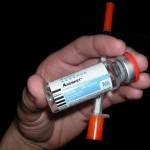 Submitted by Pamela Chambers, MSN, CRNA, EJD
Submitted by Pamela Chambers, MSN, CRNA, EJD
Click here for Lex Terrae consulting
Two years ago, Joe Sixpack was admitted to your facility to undergo vasectomy. His clinical course in your fine medical center was uneventful. Today, you are seated in the office of the facility mediator and all relevant parties are present: Joe Sixpack, Mrs. Sixpack, little baby Sixpack who will celebrate his first birthday next week, and everyone involved in the clinical care of Mr. Sixpack on that fateful day 2 years ago.
Before beginning the mediation process, the facility’s attorney presents the admitting forms that Joe signed upon arrival to the facility and prior to receiving any sedation for his procedure. One of the forms, a two sided form, contains an explanation of the procedure that Joe has requested on side one, along with the risks, benefits, and options of the procedure and several blank lines at the bottom of the form in case Joe wanted to add anything to the form. Side two of that same form contains the following statement “I hereby release Smallville Medical Center and it’s employees and contractors, from all liability arising from any injury to me resulting from my requested therapeutic procedure to be performed by Dr. Kuttemup and his staff at Smallville Medical Center.” Immediately after this paragraph is Joe’s signature with the date and time the form was signed.
When a healthcare provider has this type of statement in a contract for services for the express purpose of limiting liability relating to the provision of those services, this is termed an exculpatory clause. When this type of clause is a condition to obtaining the requested service this creates a contract of adhesion. While most courts attempt to enforce contracts by trying figure out what the parties intended when the contract was written; courts often find contracts of adhesion unenforceable as a matter of public policy (Weaver v. American Oil Co., 257 Ind. 458, 276 N.E.2d 144 (1971).
The contract to provide health care services is not usually between 2 similarly situated (i.e. equally knowledgeable) parties. If a contract is deemed grossly unfair to one party it will usually be held unenforceable in court. Consider the following release from Olson v. Molzen (558 S.W. 2d 429, Tenn., 1977) “…I therefore release Dr. Molzen and his staff from responsibility associated with any complications that may come up or be apparent in the next 12 months…” The court in this case found the exculpatory clause particularly distasteful because an individual in such a profession, a physician, should not be permitted to hide behind such a shield as a license to commit professional negligence.
Regarding all contracts, there lies a duty to read. This is small comfort to a plaintiff but a court will evaluate the parties intent to contract by evaluating the terms of the contract. Terms that appears grossly unfair (i.e. unconscionable), violate public policy (i.e. one cannot receive the healthcare service with out agreeing to the term), or lack true assent will likely lead to a ruling that the contract is unenforceable.
About the author: Pamela Chambers is a staff CRNA a Central Texas regional trauma center and the affiliated Children’s hospital. Ms Chambers received her MSN in 2000 while on active duty in the U.S. Army; then received her Executive Juris Doctor (EJD) in Health Law in 2008 from Concord Law School. Ms. Chambers owns Lex Terrae Consulting a health law research and consulting firm and also teaches Legal Nurse Consulting for Kaplan University. Ms. Chambers is not an attorney. The information provided is legal research and should not replace consultation with an attorney or physician when warranted.




